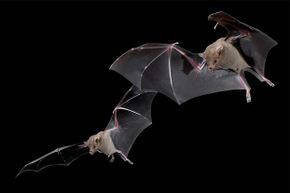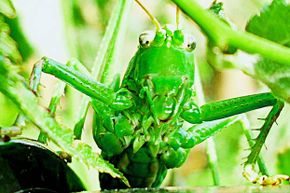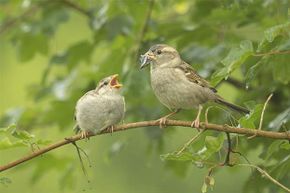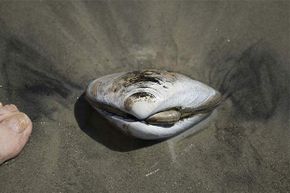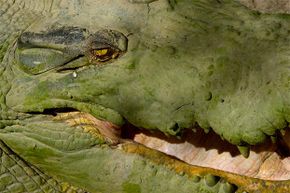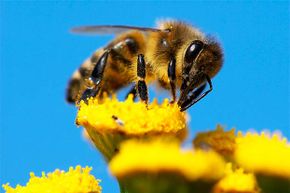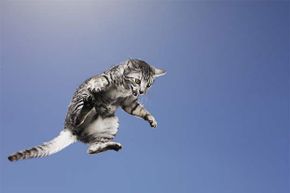Key Takeaways
- Many common sayings about animals, such as "blind as a bat" and "crocodile tears," are incorrect and based on misunderstandings of animal behavior and physiology.
- Bats are not blind; they have good eyesight and use echolocation to navigate, while crocodiles do shed tears, but it's due to physiological reasons, not emotions.
- Other myths include the idea that goldfish have a 3-second memory and that ostriches bury their heads in the sand, both of which are false.
We learn these phrases as kids and never give them a second thought. You're "happy as a clam." He's "crazy as a loon." She "eats like a bird." You know what they mean -- you're really happy, he's a bit nutty, she doesn't eat much -- but do you ever think of what you're actually saying, and whether or not it's true? Are clams happy? Do loons have a screw loose? Do birds pick at their food? Maybe, maybe not.
Some animal sayings, or idioms, certainly are true. Take "a fish out of water," for example. If you see a dance floor crowded with 20-somethings shimmying and shaking to rock tunes, and then an elderly couple strolls into their midst and tries to waltz to the music, you might comment that the two old folks are like fish out of water, meaning they're in a situation they're not suited to. Since fish would certainly be out of place on land, the saying is an apt one.
Advertisement
But other sayings about animals are debatable. Does the early bird get the worm? Different bird species do arise at different times, and some of the earliest risers certainly nosh on worms. However, so do the later risers; the early risers can't gobble them all up. The most interesting sayings to ponder, though, are the ones that are just plain false. Here are 10 of them.

